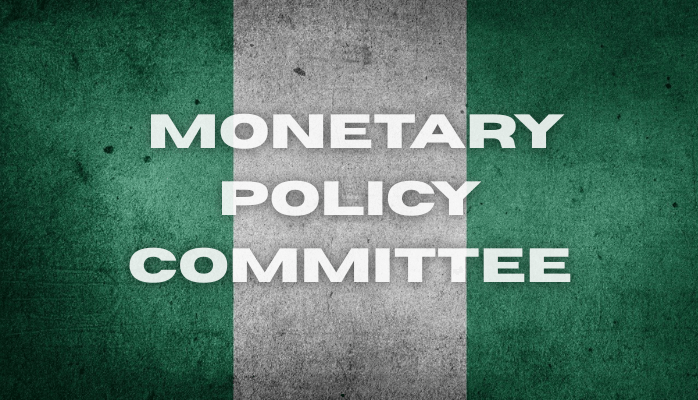Nigeria Markets Reflect Cautious Policy Normalization
OMO and NTB yields converge as policy eases to 27%; insurers NGX:REGALINS and NGX:PRESTIGE gain while NGX breadth stays thin, signaling investors await sustained disinflation and stable FX before re-risking across banks and industrials.

Nigeria’s fixed-income market is signaling a policy turn as the yield gap between Open Market Operation bills and Nigerian Treasury Bills compresses toward 300 basis points from above 600 basis points earlier this year. The convergence follows a 50 basis-point reduction in the policy rate to 27% and tighter liquidity discipline that has trimmed OMO premia.
The immediate signal is movement from emergency settings toward neutral, conditional on disinflation and orderly naira liquidity. Unlike headline guidance, the OMO–NTB spread captures how banks and funds actually price short-tenor risk; when that gap narrows, transmission into funding costs and portfolio duration becomes feasible.
Mechanically, convergence reflects a reset in the balance between liquidity absorption and government cash management. OMO paper has repriced faster than comparable NTB tenors as overnight rates gravitate toward the lower half of the corridor and systemic liquidity improves. Ninety-one-day NTBs now clear near 15% while the 364-day tenor clusters around 16–17%, down from peaks that embedded wide precautionary premia.
As the front end flattens, arbitrage between sterilization bills and treasury paper diminishes, reducing distortions that previously weakened monetary signaling. The fiscal channel tightens as well: each 100 basis-point decline in average NTB funding costs compresses rollover expenses and moderates the interest-to-revenue burden, supporting debt sustainability with the public debt stock near 40% of GDP and the fiscal deficit around 4–5% of GDP.
The macro backdrop permits cautious normalization but does not license rapid easing. Headline inflation, which topped 30% year on year earlier in 2025, has slowed toward the high-20s as food supply improves and exchange-rate pass-through stabilizes. Real activity is projected to expand by roughly 3.9% in 2025, led by oil normalization and non-oil tradables, but private demand remains sensitive to credit costs. A narrower OMO–NTB spread tightens the link between policy and market rates, lowering working-capital costs and enabling banks to extend duration without disproportionate liquidity risk. If sustained, the shift supports rotation from cash surrogates into longer domestic assets, improving market depth and reducing auction volatility.
Equities have not yet endorsed a full risk-on narrative. The NGX All-Share Index is broadly flat as investors test the durability of disinflation and FX stability before re-rating earnings. Duration-sensitive insurers have led: Regency Alliance (NGX:REGALINS) and Prestige Assurance (NGX:PRESTIGE) benefit from mark-to-market gains on fixed-income holdings as front-end yields compress. Banks trade mixed as cheaper liabilities are offset by concerns over net interest margin compression and the timing of loan growth. The eurobond curve has firmed modestly—roughly 40 basis points tighter from midyear—consistent with broader spread gains across high-yield Africa, but the global rate path still dominates cross-border flows.
The exchange-rate and balance-of-payments loop remains the binding constraint. A flatter front end curbs opportunistic carry and reduces incentives for speculative FX positioning, but sustained naira stability still requires consistent market-clearing FX supply and transparent intervention rules. If easing outpaces disinflation or FX reform, the currency risk premium will re-expand and erase local-currency gains via pass-through. Conversely, if inflation drifts lower and FX turnover deepens, domestic real yields can compress without destabilizing flows, lowering the sovereign risk premium and improving corporate funding conditions.
Credibility rests on sequencing. The central bank must preserve curve integrity and FX transparency before larger headline cuts. The debt manager should coordinate issuance to avoid re-steepening the front end. Fiscal policy must hold primary balance targets to prevent crowding-out. With those preconditions, OMO–NTB convergence can evolve from a technical repricing into a transmission bridge that lowers capital costs for banks and industrials, supports capex, and nudges potential growth higher.
The forward test is defined and measurable. By Q2 2026, confirmation of a durable easing cycle requires 91-day and 364-day NTB yields 150–200 basis points below current levels, month-on-month inflation anchored in low single digits, and an onshore FX market with narrower bid–ask spreads and rising turnover.
Market breadth should widen beyond insurers to banks and manufacturers, with system credit growing in double digits and non-performing loan ratios contained. If these indicators print, Nigeria’s policy narrative shifts from defensive stabilization to pro-growth normalization. Until then, the narrowed OMO–NTB spread is a credible early signal, not a completed pivot.





